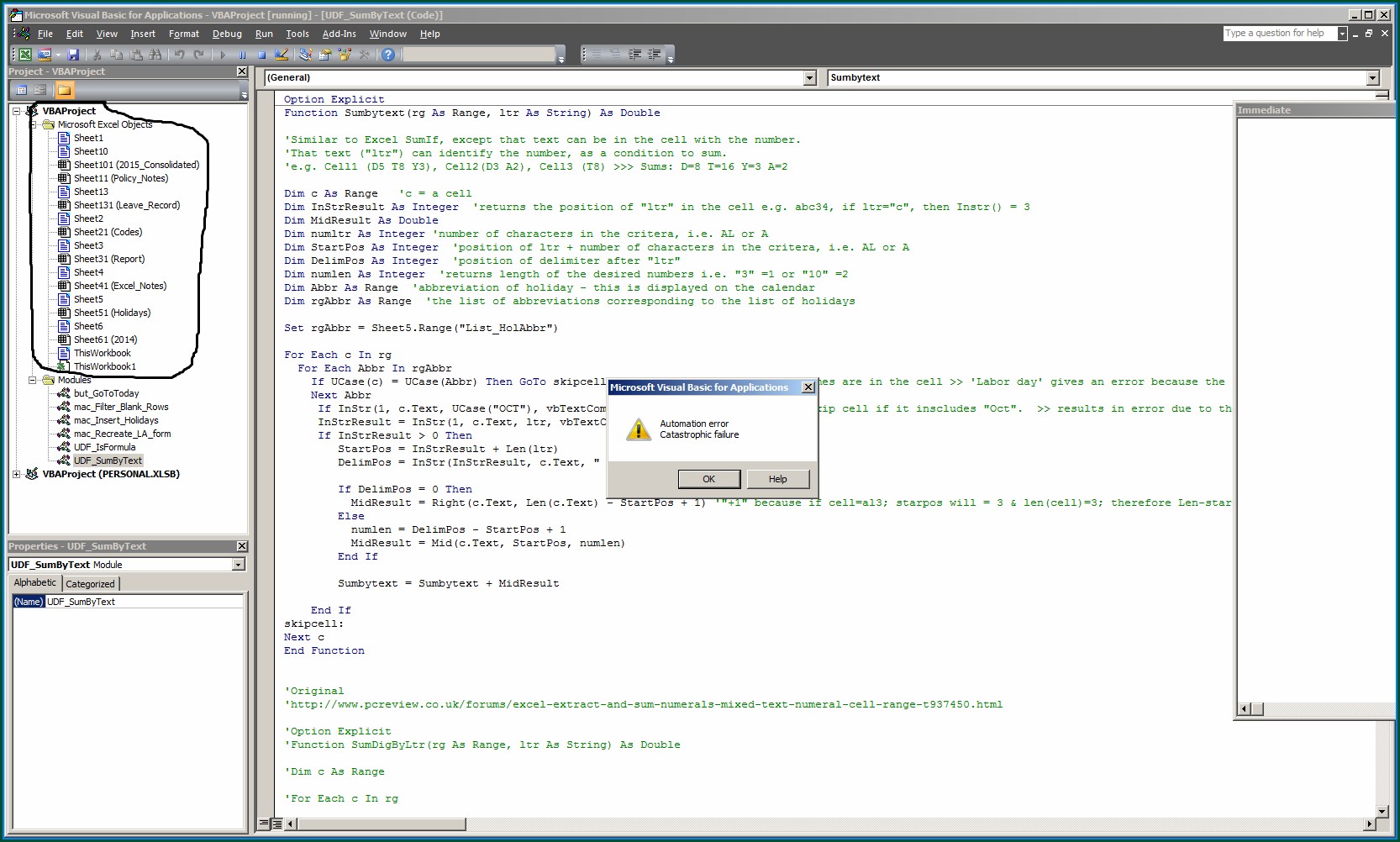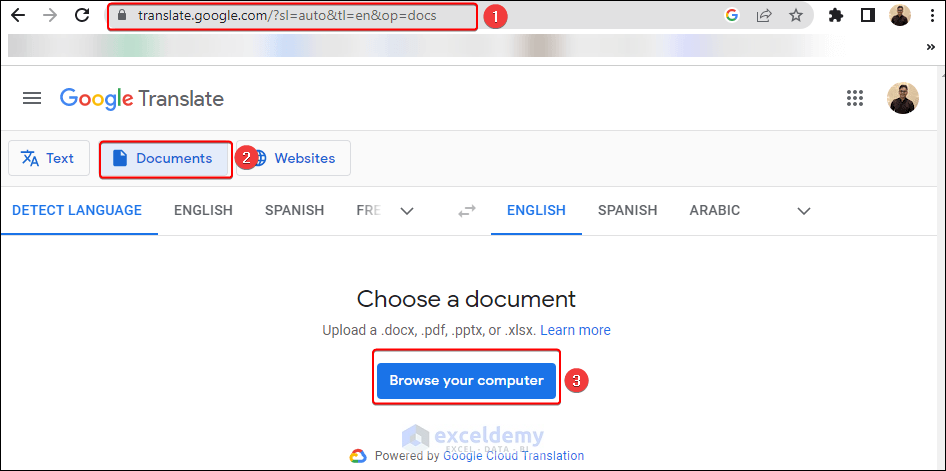5 Steps to Secure Your POA Paperwork Fast

In the realm of legal documentation, having a Power of Attorney (POA) is crucial for empowering someone you trust to make decisions on your behalf. This can range from financial transactions to health care decisions. However, without proper security measures, your POA paperwork can be at risk. Here, we detail five key steps to ensure your POA documents are secured quickly and efficiently.
1. Choose the Right Document Storage

To start securing your POA paperwork, the first step is selecting a safe place to store your documents:
- Physical Storage: Consider a fireproof, waterproof safe. Ensure it is in a location known only to people you trust.
- Digital Storage: Use encrypted cloud storage services like Dropbox or Google Drive. Encryption adds an extra layer of security to your digital files.
📝 Note: Remember that even with digital storage, physical copies are advisable for legal proceedings or immediate access.
2. Implement Strong Passwords and Two-Factor Authentication

Protecting digital copies of your POA documents involves:
- Using strong, unique passwords for cloud storage accounts and changing them regularly.
- Setting up two-factor authentication (2FA) wherever possible, which requires a code sent to your mobile device or an authentication app for login.
3. Encrypt Your Documents

Encryption adds an additional layer of security, making your files unreadable without the decryption key:
- Tools like VeraCrypt or BitLocker can encrypt both your local and external storage devices.
- Ensure your chosen encryption software is user-friendly for you and your trusted POA.
4. Share Information Selectively

Decide who gets to know where your POA documents are stored or how to access them:
- Limit access to those you trust completely.
- Consider setting up a system where the access key or password is revealed only under specific conditions, like using a secure password manager with emergency access protocols.
🔐 Note: Confidentiality agreements can be beneficial to ensure your documents stay secure.
5. Regular Review and Update

Security isn’t a one-time setup:
- Regularly review and update your POA documents to reflect changes in your life or to incorporate better security measures.
- Ensure any new technology or security practices are implemented into your current setup.
By following these five steps, you can significantly enhance the security of your Power of Attorney paperwork. Remember, the process of securing these critical documents is not just about locking them away; it involves thoughtful planning and ongoing management to adapt to new threats and changes in your circumstances. Protecting these documents ensures that when needed, they are accessible to those you trust and remain protected from unauthorized access. Ensuring these measures are in place means you've taken proactive steps towards maintaining control over your important decisions, even when you might not be able to make them yourself.
Why is it important to secure POA documents?

+
Securing POA documents is critical because they grant significant power over your financial and personal affairs. Ensuring their safety prevents unauthorized access and misuse of these documents.
What should I do if I lose my POA document?

+
Immediately notify your attorney, your POA, and any institutions where the POA is registered. You may need to replace the document and possibly notify authorities if there’s a risk of misuse.
Can I share my POA document with more than one person?

+
Yes, but you should manage who has access carefully. Consider using separate copies or providing access codes only to necessary parties to ensure confidentiality.
Is digital storage safer than physical storage?

+
Digital storage can be safer when encrypted and managed properly with strong passwords and 2FA. However, having physical copies in secure locations provides redundancy and immediate access when needed.
How often should I update my POA document security measures?

+
Review and update your POA security measures annually or whenever there’s a significant change in your life circumstances or technology.



